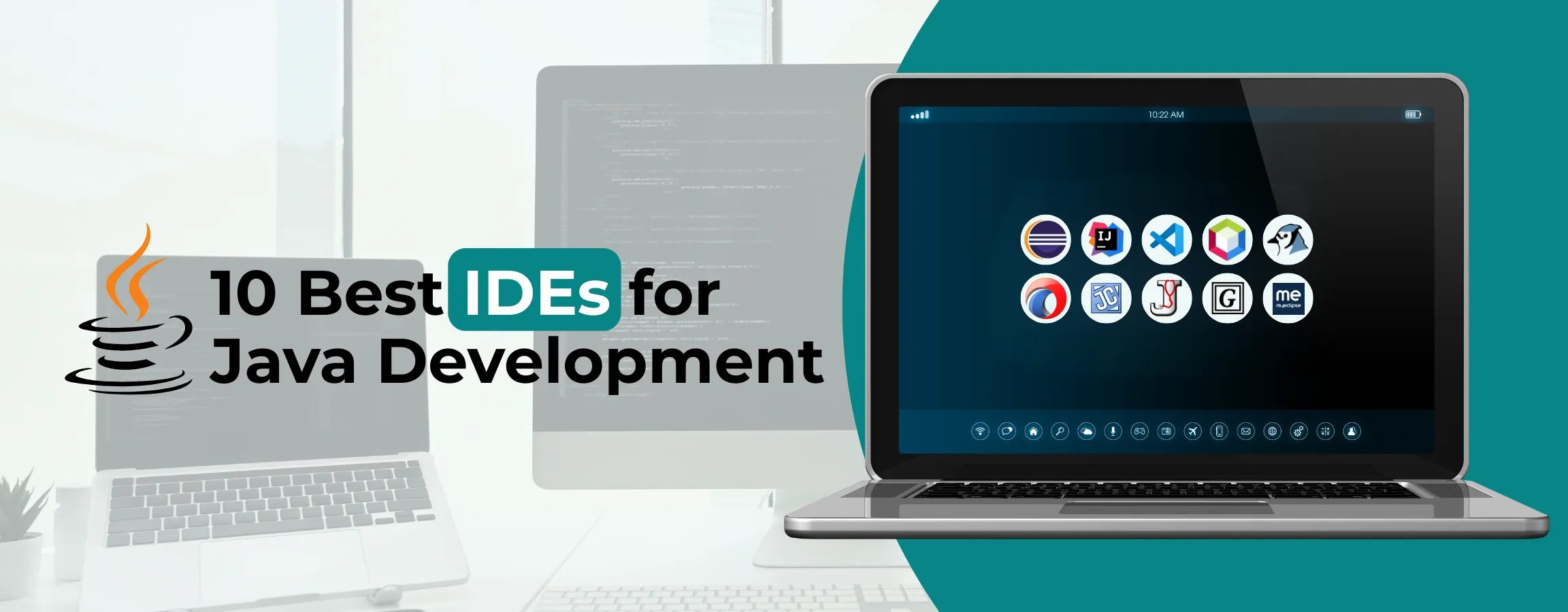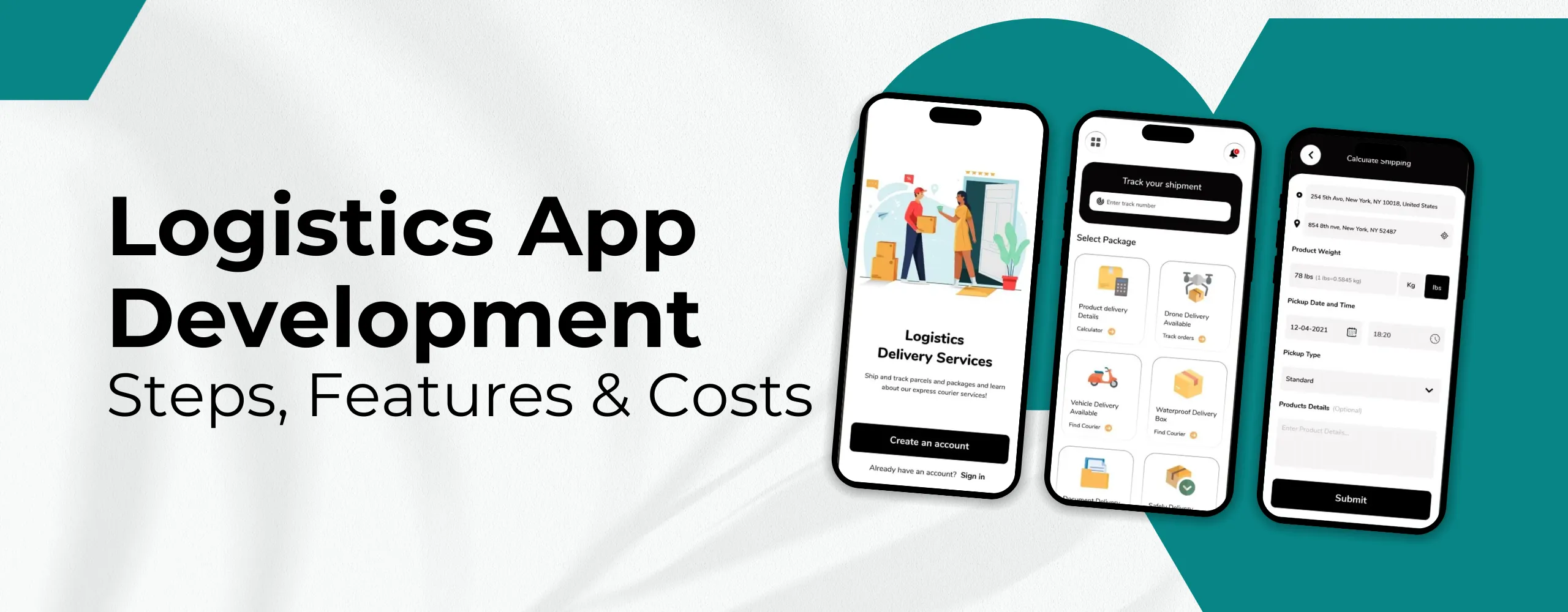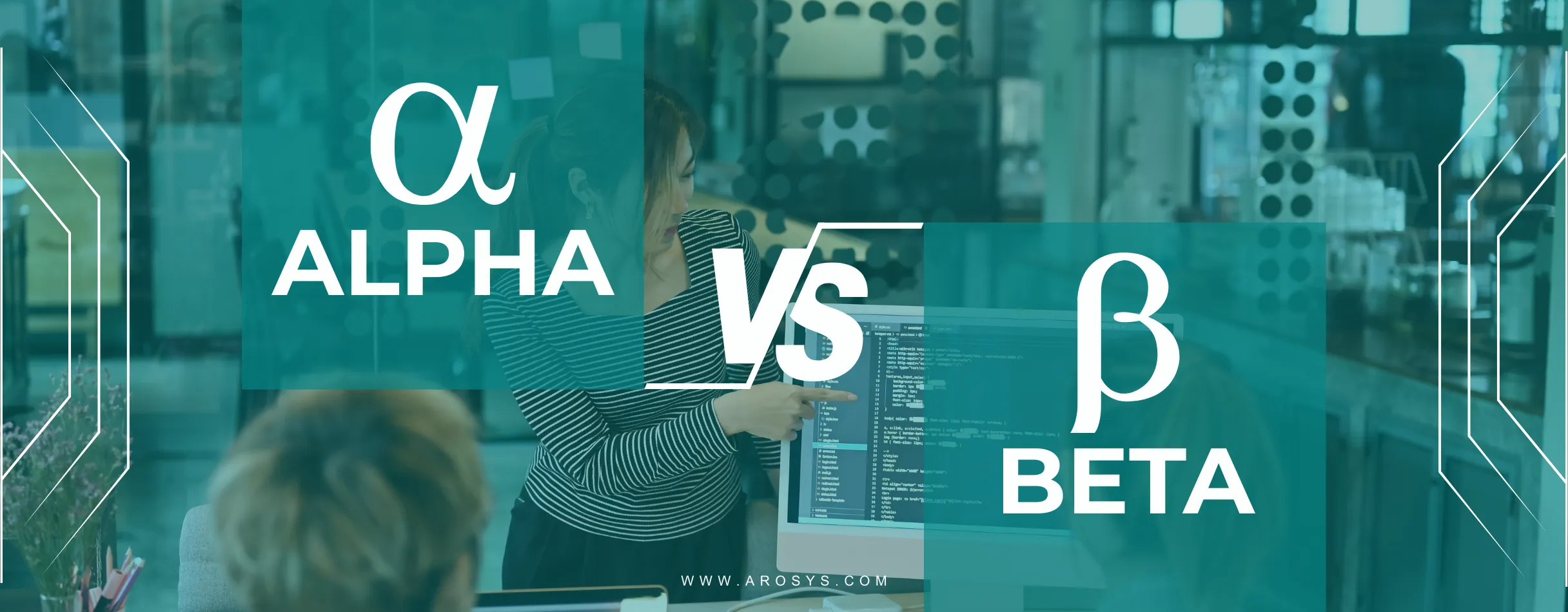
Does your team work in different corners, not really talk to each other, and slow down things?
Traditional working methods often occur. But Agile software development changes that. It enables teams to have better cooperation and be extra flexible, and as they move, they continue to enhance.
Agile began because the old way of constructing software—called the Waterfall approach—was too strict and sluggish.
In the 1990s, people started to try new methods that were short and extra group-friendly. Although these methods were different, they all went with some big ideas: collaborate with their team, listen to their users, and build step by step.
In this guide, we will take you through the basics of Agile.
You want to learn the most important ideas, how it actually works, and what equipment and outline people use to make fantastic software quickly.
What is the Agile methodology?
Agile software development is a way to create software grade by grade instead of doing the whole thing immediately. The group works over a quick period of time, called a sprint, wherein they plan, construct, test, and improve small components of the mission.
This method makes it easy to change things when needed. Instead of following a long plan, flexible teams often speak, share feedback, and improve the product as they go.
The flexible team focuses more on teamwork and work software and is flexible compared to heavy papers or strict rules. This helps developers stay on track, even if the goal turns into the middle.
What is the Agile Manifesto?
The Agile Manifesto is a listing of vital thoughts that assist teams in building software in a better manner. It encourages teams to stay compliant, speak and work together often, and usually recognize what the client needs without a doubt.
It’s built around 4 core values and 12 guiding principles that shape how Agile teams plan, build, and improve software.
4 Core Values of Agile Software Development
According to the Agile Manifesto, Agile project management is built on four core values:
- Individuals and interactions over processes and tools
Agile puts people first. It values strong teamwork and communication more than just sticking to rigid tools or procedures.
- Working software over comprehensive documentation
The fundamental intention is to deliver a software program that surely works. While documentation is useful, it shouldn’t slow down progress or take precedence over constructing a useful product.
- Customer collaboration over contract negotiation
Agile teams work intently with clients at some point in the system. Rather than focusing an excessive amount on detailed contracts, they adapt to consumer remarks and desires in real time.
- Responding to change by following a fixed plan
Flexibility is fundamental. Agile makes it clean for teams to shift paths when things change without throwing the whole assignment off track.
What are the 12 Agile principles?
The Agile methodology is built on 12 core principles that emphasize adaptability, teamwork, and streamlined development.
Here’s a simplified breakdown of these foundational principles:
1. Deliver Early and Often
Customer fulfillment is the top priority, and it’s achieved by handing over precious software early and constantly. Regular releases help groups get real-world feedback and make enhancements quicker.
2. Welcome Changing Requirements
Even if overdue in development, changes need to be embraced in the event that they add value. Agile acknowledges that flexibility is key to meeting evolving commercial enterprise desires and staying aggressive.
3. Deliver Frequently in Short Timeframes
Software needs to be released often, from a few weeks to a fraction of months, with a preference for shorter cycles. This keeps stakeholders engaged and guarantees constant progress.
4. Encourage Constant Collaboration
Developers and enterprise stakeholders have to work together daily. Continuous communication allows make certain alignment between what’s being constructed and what the business truly needs.
5. Build Projects Around Motivated Individuals
Give teams the surroundings and help, and consider what they need to succeed. Motivated people power innovation and are pleasant when they’re empowered to make choices.
6. Use Face-to-Face Communication
Direct conversation is the maximum efficient way to share data. Whether in person or through video calls, real-time conversations reduce confusion and boost improvement.
7. Working Software Is the Primary Measure of Progress
Forget lengthy status reports—progress is measured by how much functional software has been delivered. This maintains teams concentrated on results, not just activity.
8. Maintain a Sustainable Development Pace
Agile advances a consistent cycle that organizations can maintain to reduce uncertainty. Avoiding burnout results in better overall performance, happier groups, and more trustworthy departures.
9. Pursue Technical Excellence and Good Design
High-quality code and thoughtful architecture provide higher, faster, and greater adaptable results. Agile groups strive for excellence in every release.
10. Keep Things Simple
Simplicity—the artwork of maximizing the amount of work now not achieved—is important. Avoid over-engineering and be conscious of what definitely offers cost to the consumer.
11. Support Self-Organizing Teams
Great solutions come from empowered teams. Sprints let teams determine how they work and take responsibility for getting things completed.
12. Reflect and Adjust Regularly
Teams need to pause often to check what’s operating and what’s not. Through consideration and non-stop development, Agile groups have turned out to be more result-driven and effective over the years.
Types of Key Agile Methodologies
Various flexible features provide a unique way of managing each function, increasing team collaboration, and distributing high-quality software efficiently. A thorough description of various Agile methodologies may be found here.
Scrum
Scrum isn’t just a method; it’s a stable flow of progress. It brings small, concentrated teams together to build one sprint at a time. Instead of long plans, Scrum’s collaboration, short development outbreaks, and continuous response transfer projects and keep the quality high.
Key Roles in Scrum:
Scrum Lead
Daily stand-up provides the platform for sprint planning and retrospectives while actively helping the team remove blockers and stay on track.
Product Owner
The product is the vision of the owner, manages the backlog, and works closely with the team to ensure that everyone creates further.
Product Creator
The product focuses on shaping and refining the pending tasks, guaranteeing that the most valuable features for each sprint are preferred.
Agile Team
A cross-functional group that collaborates to work efficiently and continuously produces, builds, and distributes building facilities to complete sprint goals.
Core Scrum Practices:
Sprint:
A growth cycle for a time box (usually 1-4 weeks), where a specific set of tasks is completed.
Product Backlog:
A priority list of the facilities required for product improvement and error correction.
Sprint Backlog:
A set of tasks selected from the unresolved tasks is completed under the current sprint.
Daily Stand-ups:
Short regular meetings where team members check their work, discuss progress, and address any barriers.
Adaptive Software Development (ASD)
ASD was introduced by Sam Bayer and Jim Highsmith at the beginning of the 1990s. This focuses on continuous adaptation – instead of opposing it increases changes. In response to the need to change business with ASD, flexibility, teamwork, and ongoing learning speculations, collaboration and learning are built around the dynamic learning cycle.
Different stages may be parallel or can be repeated as needed. This quickly matches the rapid application development (RAD) and emphasizes fast delivery, high user participation, and low-cost, high-quality results.
Key Phases of ASD:
- Speculate:
Define quickly project goals, risks, and obstacles. The teams are closely coordinated so that knowledge is shared and the project is executed effectively. - Collaborate:
(Inherent in the process) Ensure continuous interaction alignment between developers and stakeholders, and help shape the needs to be developed. - Learn:
After development cycles, teams reflect on what worked and what didn’t. Documenting lessons learned is critical to improving future performance and project success.
Behavior-Driven Development (BDD)
BDD is an Agile software development method focused on behavior and teamwork. Introduced by Dan North in 2003 as an evolution of Test Driven Development (TDD), BDD aims to involve both technical and non-technical team members in defining software behavior. Key points:
- Uses simple, universal language to increase collaboration among developers, testers, and stakeholders.
- Clearly defines feature behavior, triggers, and expected results.
- Helps catch bugs early, reduce confusion, and deliver user-centric software.
Dynamic Software Development Method (DSDM)
DSDM is one of the first Agile methods, made in 1994 by people who build software. It was designed to support teams in the end and within a prescribed budget. It breaks the work into small portions, often distributes, and talks regularly to users to ensure that everything happens correctly.
Key Features of DSDM:
Focus on Time and Budget:
Particularly designed for strict time limit and cost reduction projects, DSDM ensures that the necessary functions are distributed within the prescribed limitations.
Incremental & Iterative Development:
The solutions are created in small parts through repeated cycles, which allow for continuous improvement and adaptation.
Early and Regular Delivery:
The product encourages the first release and ongoing delivery to combine functionality from the beginning.
Feedback-Driven Adaptation:
Each step involves a reaction and ensures that the project user develops, depending on input and changed requirements.
Benefit Realization:
This ensures that the expected business benefits are clearly defined, tracked, and felt throughout the project.
Mindset Shift for Teams:
Organizations help to transfer more flexible, price-driven approaches than the rigid project scheme and increase cooperation.
Extreme Programming (XP)
XP is a popular Agile method that helps teams build software faster while keeping it high quality. It focuses on things like talking clearly, keeping things simple, being brave, and showing respect. This helps the team work better together and handle changes easily.
XP is especially effective when:
- Project requirements are frequently changing
- Timelines are tight, and delivery speed is critical
- Stakeholders aim to reduce risks without compromising deadlines
- Teams are able to automate device and functional testing
The XP development helps the teams stay fit, improve the quality of the code, and also give a constant price in pressure.
Kanban
Kanban is a visual workflow management method that helps teams track and improve their software development process without adding extra stress. It supports continuous delivery and is popular in Lean development environments. It helps teams work better by learning as they go, working together often, and making small changes to maintain advancement.
Core Principles of Kanban:
- Visualize the workflow
- Limit work in progress (WIP)
- Boost the flow of work
Feature-Driven Development (FDD)
FDD is an Agile development type focused on design and construction functions based on the specific requirements of the latest user. Unlike other flexible methods, the FDD follows a structured set of small, well-defined steps for each functional instruction domain walkthrough, design review, coding, and inspection. This makes it especially useful for large projects where clarity and discipline are significant.
Teams are carried out around facilities and components and encourage collaboration by maintaining liability. The domain object modeling uses the software closely in accordance with the business needs of the real world.
Agile Software Development Cycle
Agile Software Development Life Cycle (SDLC) is a flexible, rehearsal approach that emphasizes collaboration and constant customer response. Unlike traditional models such as waterfalls, which follow a strict step-by-step process, the trend breaks into small, manageable relapses or steps that develop over time.
- Concept/planning: Collection specifications, goals, and ranking functions according to user requirements.
- Design: Develop an adaptable framework or design that describes the functionality of the product.
- Development: Generate functional software by building the product in brief, incremental sprints.
- Testing: To find errors and to ensure that the functionality stays up to expectations, you do continuous testing under each sprint.
- Deployment: As part of continuous delivery, give users access to functional software and collect their feedback.
- Review and answer: Get meaning from stakeholders and customers to improve later versions.
- Repetition: The user improves the product based on the response and then continues the cycle if the software satisfies the user’s requirements and quality standards.
Benefits of the Agile development methodology
The advantages of the agile methodology are as follows:
Focus on What Customers Want
Agile is a way of working that makes sure we build things people really need. This breaks big work into small steps, so we can give the most important parts first and make sure the user is happy with it.
Easy to Change Plans
If someone changes their mind or requires something new, Agile makes it simple to adjust the plan. That way, the final result is just right for the customer.
Faster Delivery
Instead of waiting a long time, we share smaller parts of the product quickly. This means people can start using the best parts sooner.
Better Quality
Developers test everything again and again while building anything in Agile. This helps us catch bugs early and make sure the final product is really good.
Limitations of Agile Software Development
While Agile provides many benefits, there are also some challenges that teams should take care of:
- Estimate challenges: It can be difficult to create accurate predictions for large or complex projects, which leads to uncertainty in the plan and resource plan.
- Limited documentation: The flexible priority for the software that works with detailed documentation results in missing or vague information that later causes confusion.
- High customer participation: Agile is increasingly depending on the customer’s response. When the response is unclear or delayed, it can take the project in the wrong direction.
- Uncertain times and scope: Continuous changes and feedback loops can make it difficult to estimate the costs and deadline, which results in scope crawling frequently.
- Risk of burnout: Rapid speed and continuous delivery cycles can eliminate team members over time if the right comfort and support system is not in place.
Conclusion
Agile is not just a process—it’s a new way of thinking.
This encourages the teams to work better, stay flexible, and take shared ownership of what they build.
With the software and framework available today, it is much easier to adopt agile than ever. Easy training and clear adjustment can speed up delivery, increase the quality of the product, and keep customers happy.Want to build smarter and move faster? Team up with an experienced Agile development software company and start making real progress, one sprint at a time.








